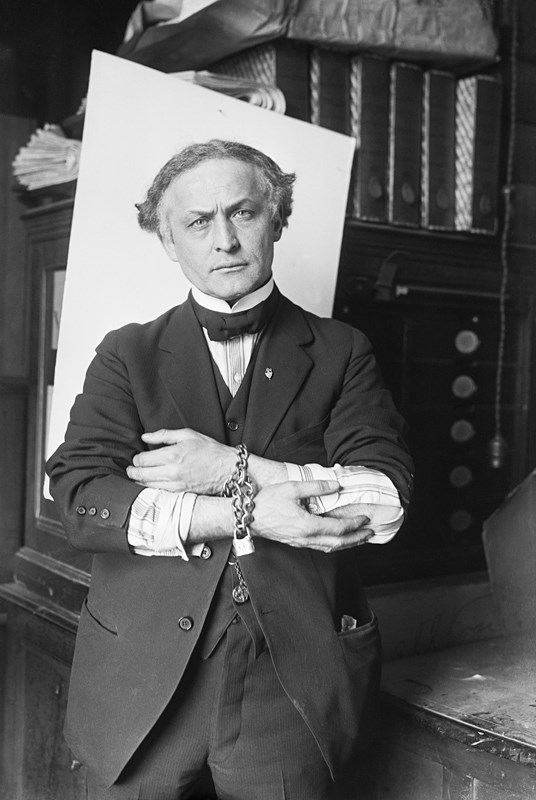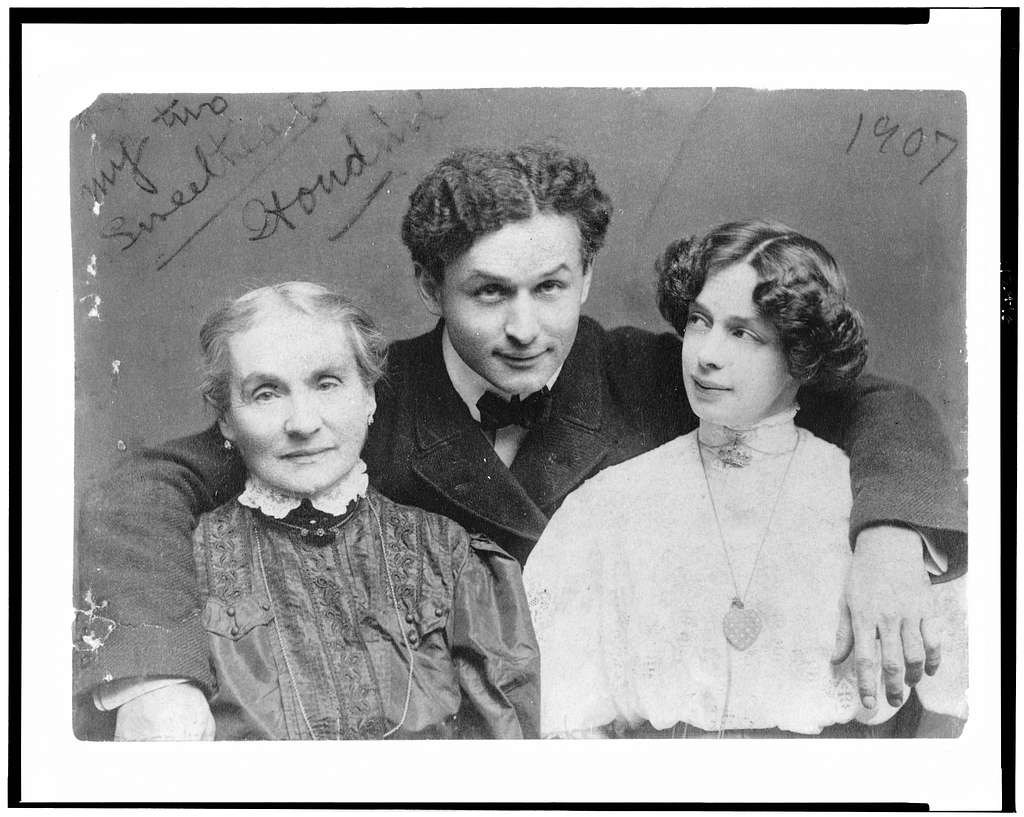Harry Houdini: The Escape Artist Who Inspired a Generation
Few names in history evoke the sense of mystery, danger, and spectacle quite like Harry Houdini. A master illusionist, escape artist, and stunt performer, Houdini captivated audiences worldwide with his death-defying acts and unparalleled showmanship. But beyond the chains, handcuffs, and locked boxes, Houdini’s life was filled with fascinating stories and accomplishments that still inspire escape artists and enthusiasts today—including the world of escape rooms.
The Making of Houdini
Born Erik Weisz on March 24, 1874, in Budapest, Hungary, Houdini immigrated to the United States with his family as a child. His passion for magic and escape acts started early, and by his teenage years, he was already performing professionally under the name "Harry Houdini," a tribute to French magician Jean Eugène Robert-Houdin.

Breaking Free—Literally
Houdini’s signature performances involved escaping from seemingly inescapable restraints: handcuffs, straitjackets, water tanks, and even buried coffins. Some of his most famous feats include:
- The Chinese Water Torture Cell: Suspended upside down in a locked glass tank filled with water, Houdini had to hold his breath while picking locks to free himself—an act so dangerous it remains legendary.
- The Milk Can Escape: A sealed metal can filled with water became a deadly trap from which Houdini had to escape before running out of air.
- Breaking Out of Jail Cells: To prove his skills, Houdini regularly challenged police officers to lock him in handcuffs and jail cells, only to escape in record time.
Houdini and the Birth of Modern Escape Culture
Houdini’s ability to slip free from any restraint wasn't just entertainment—it was an art form that required meticulous planning, precision, and a deep understanding of mechanics and human psychology. This legacy lives on in modern escape room games, where players must use critical thinking, problem-solving, and teamwork to "break free" from locked rooms filled with puzzles.
The Man Behind the Illusions
Beyond his daring escapes, Houdini was also an actor, an aviation enthusiast, and a skeptic of spiritualism. He spent years debunking fraudulent psychics and mediums, exposing their tricks to protect people from being deceived. His dedication to truth, despite his profession being based on illusion, made him an even more compelling figure.

Houdini’s Mysterious Death
On October 31, 1926, Houdini passed away under mysterious circumstances. After being punched in the abdomen by a college student testing his strength, he suffered from severe abdominal pain. This later turned out to be a ruptured appendix, which led to peritonitis. Though there are many theories surrounding his death, his legacy remains unshaken.
Houdini’s Influence on Escape Rooms
Modern escape rooms owe a lot to Houdini’s legacy. His ability to think outside the box (sometimes quite literally) inspired the puzzle-based challenges that players experience today. Houdini’s escapology skills, quick thinking, and attention to detail are the same qualities that help participants solve clues and make their great escape.
If you’ve ever attempted an escape room and felt the thrill of beating the clock, you’ve experienced just a small fraction of the excitement Houdini must have felt when facing his greatest challenges.
Final Thoughts
Houdini was more than just a magician—he was a performer, an innovator, and an escape artist in every sense of the word. His influence continues to shape entertainment, from stage magic to the immersive experiences of modern escape rooms. So, the next time you find yourself locked in an escape room, channel your inner Houdini—think fast, stay calm, and always believe there’s a way out!
Sources:
- Kalush, William & Sloman, Larry. The Secret Life of Houdini: The Making of America’s First Superhero. Atria Books, 2006.
- Gresham, William Lindsay. Houdini: The Man Who Walked Through Walls. Holt, 1959.
- Silverman, Kenneth. Houdini!!! The Career of Ehrich Weiss. HarperCollins, 1996.
- Houdini Museum: www.houdini.org
- Library of Congress: www.loc.gov

